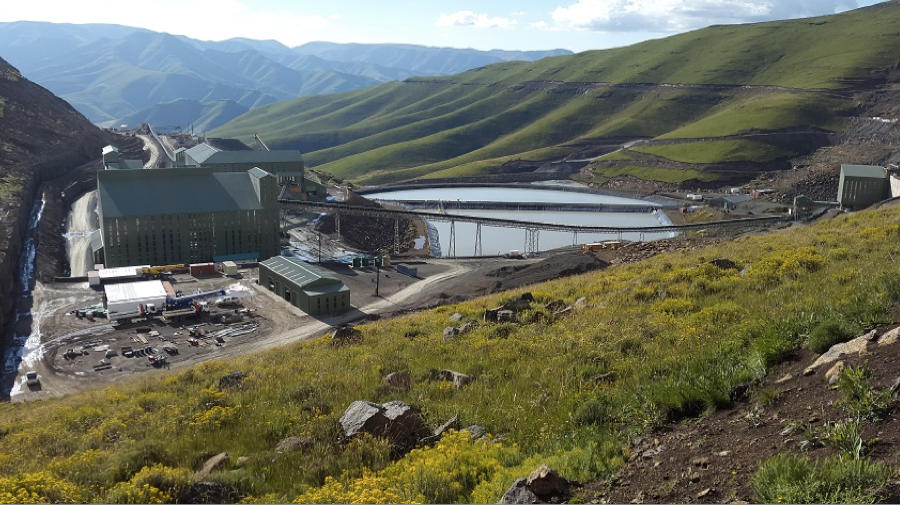
Africa-focused Firestone Diamonds (LON:FDI) said on Friday it had resumed production at its Liqhobong mine in Lesotho, the company’s only operating mine, after implementing diesel generators to deal with power supply issues.
The company had warned last month that the mine was struggling due to insufficient power supply as a result of a two-month maintenance shutdown at its only power supplier — Lesotho Highlands Water Project (LHWP).
The processing plant is currently operating at between 80% and 90% of full capacity as the new power generation system is being optimized, Firestone said.
As a result, the company is reviewing its 2020 guidance of between 820,000 and 870,000 carats, with ore tonnes treated between 3.6 million and 3.8 million tonnes.
Normal operating costs are expected to increase by the cost of renting the generators and of the associated diesel consumption
Firestone said it expects to be able to connect to the country’s power grid on Dec. 1. “Normal operating costs are expected to increase by the cost of renting the gensets and of the associated diesel consumption,” it added.
The unwelcome disruption comes at a time when diamond miners are struggling across the board, especially those producing cheaper and smaller stones, where there is an over-supply.
Increasing demand for synthetic diamonds has also weighed on prices. Man-made diamonds require less investment than mining natural stones and can offer more attractive margins.
Buyers, those that polish and cut diamonds for retailers, have been hit this year by lower prices and tighter credit, prompting them to delay purchases.
Tiffany’s reported in August a 3% decline in like-for-like sales, while shares in Signet, the world’s largest retailer of diamond jewellery, have lost more than 60% of their value this year.
De Beers, the world’s No.1 diamond miner by value, has responded by axing production — with a target of 31 million carats this year compared with 35.3 million in 2018. It has also given buyers more room to maneuver, by allowing them to refuse half the stones in many of the diamond parcels.
Firestone’s chief executive, Paul Bosma, has said he expected prices for smaller diamonds to increase towards the end of 2020, in part due to the closure of Rio Tinto’s Argyle mine in Australia.